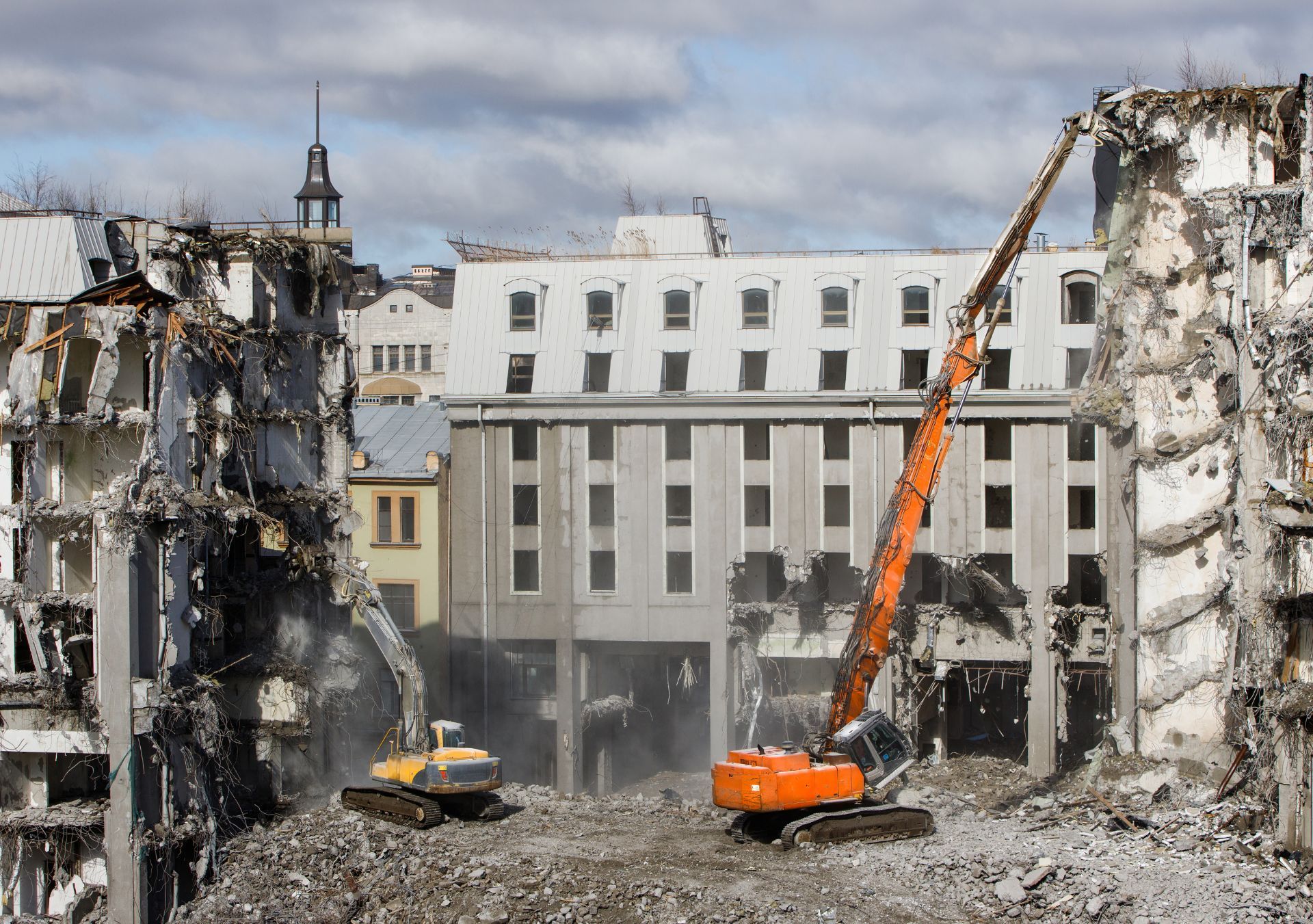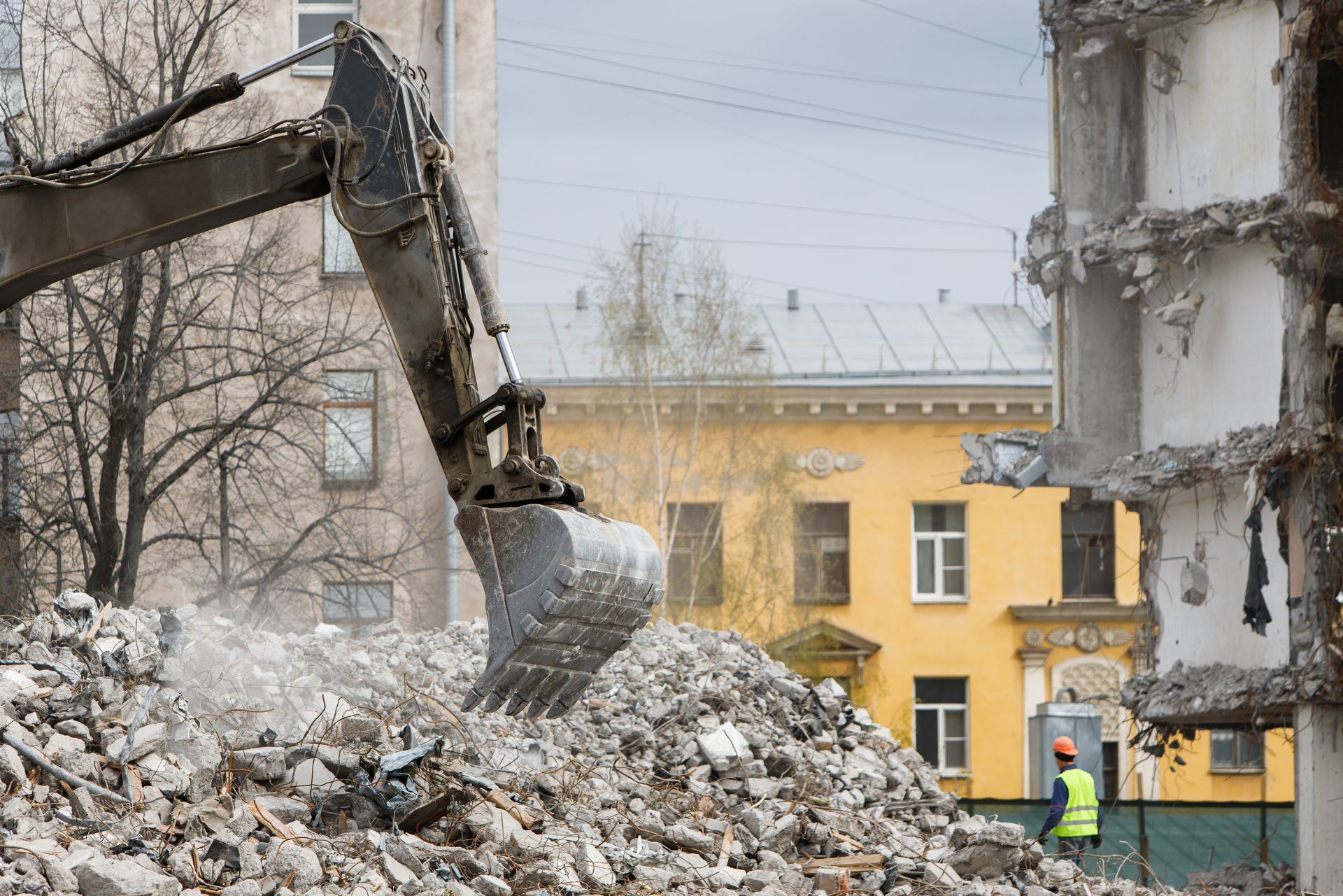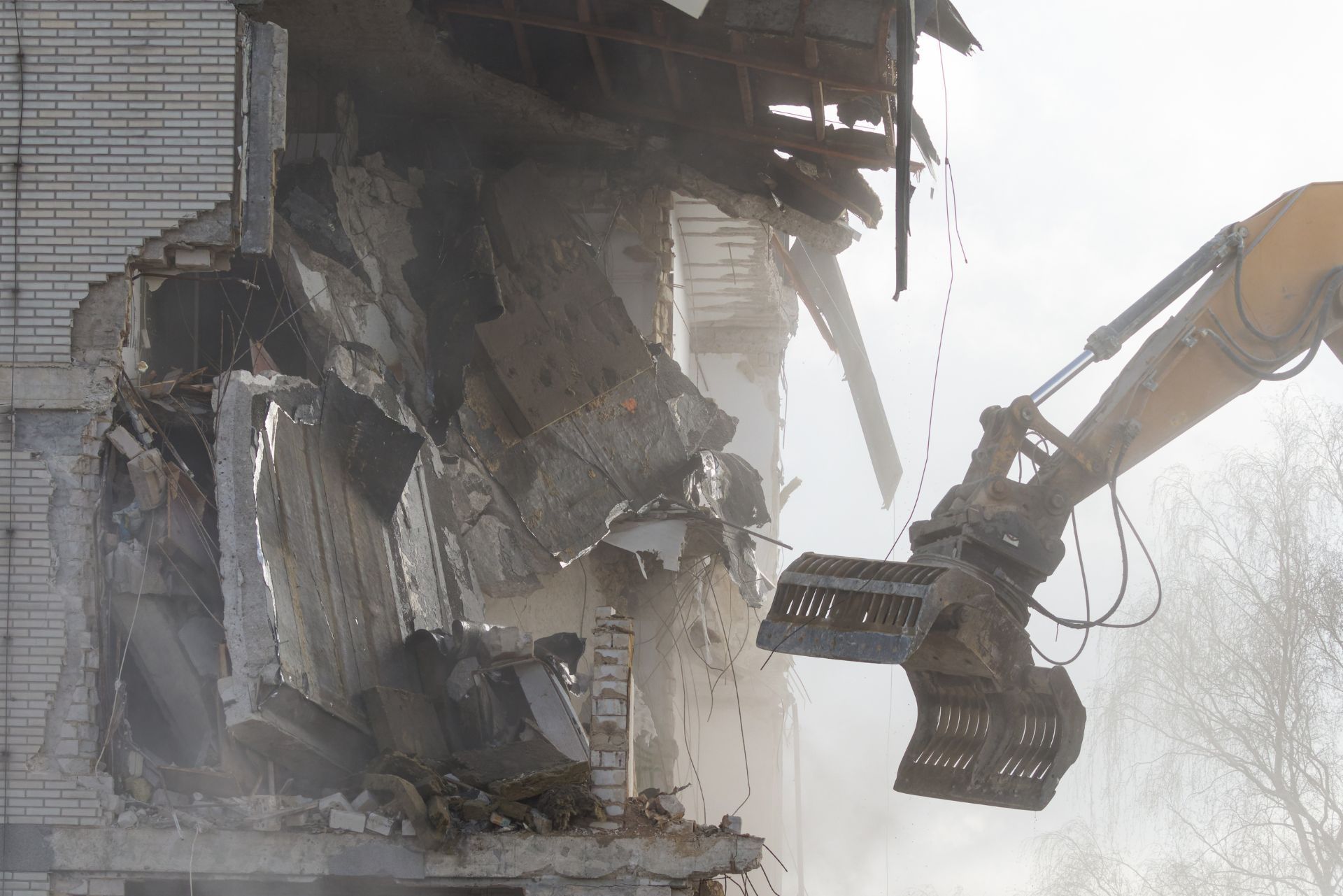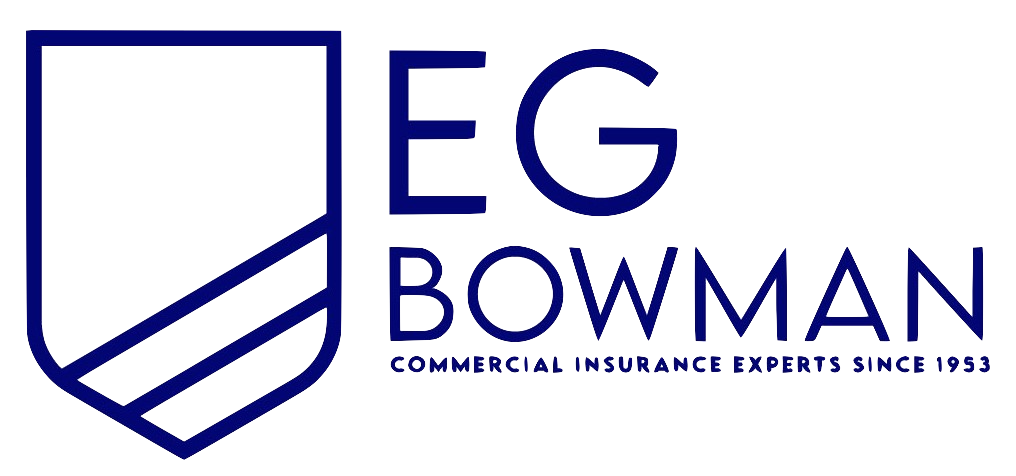New York Excavation & Demolition Contractor Insurance
See How We're Different:
or Call Us: 212-425-8150

Most Common Business Policies
Index
Contact Us
Operating as an excavation or demolition contractor in New York presents unique challenges, not least because of the complex insurance landscape shaped by regulatory, environmental, and market forces. With the industry poised for growth and evolving risks from climate-related disasters, understanding the nuances of contractor insurance is essential for protecting your business and ensuring compliance.
In 2024 alone, the United States faced 27 weather and climate disaster events, each causing over $1 billion in damages, underscoring the increasing risks contractors must navigate (Insurance Business America). This article dives deep into the insurance essentials for excavation and demolition contractors in New York, covering market trends, regulatory impacts, and practical tips to safeguard your operations.
The Growing Landscape of Excavation and Demolition in New York
New York’s excavation contractors industry is on an upward trajectory, expected to reach $5.3 billion by 2025. This growth is supported by over 10,500 establishments employing more than 21,500 workers, reflecting robust demand for infrastructure and redevelopment projects across the state (IBISWorld).
Demolition contractors, in particular, are seeing an increase in work volume due to the aftermath of frequent and severe weather events. These disasters not only increase demand but also complicate the nature of the work, requiring contractors to adopt more cautious and comprehensive risk management strategies. As one expert noted, “For demolition contractors, these weather events have certainly increased the amount of work... But more importantly, the nature and scale of this work demand a careful and cautionary approach” (Insurance Business America).
In addition to the challenges posed by climate change, the excavation and demolition sectors are also navigating a landscape marked by technological advancements. The integration of innovative machinery and software solutions has revolutionized the way projects are planned and executed. For instance, the use of drones for site surveying allows contractors to gather precise data quickly, minimizing delays and enhancing safety protocols. Furthermore, Building Information Modeling (BIM) is becoming increasingly popular, enabling teams to visualize projects in a 3D environment, which aids in identifying potential issues before they arise on-site.
Moreover, the push for sustainable practices is reshaping the industry. Many contractors are now prioritizing eco-friendly demolition methods that focus on recycling materials and reducing waste. This shift not only aligns with New York's ambitious sustainability goals but also appeals to a growing segment of environmentally conscious clients. As urban areas continue to evolve, the need for responsible excavation and demolition practices will likely become a key differentiator in the competitive market, prompting firms to invest in green technologies and training for their workforce.

Key Insurance Types for Excavation and Demolition Contractors
Excavation and demolition contractors face a variety of risks, from property damage to employee injuries and environmental hazards. Therefore, a tailored insurance portfolio is critical.
General Liability Insurance
This is the cornerstone of contractor insurance, covering third-party bodily injury and property damage claims. Given the high-risk nature of excavation and demolition work, general liability protects against accidents that could occur on-site or due to operational activities. For instance, if a passerby is injured by falling debris or if machinery accidentally damages a neighboring property, this insurance can cover legal fees and settlements, ensuring that contractors can focus on their work without the looming threat of financial ruin.
Excess Liability Insurance
Also known as umbrella insurance, excess liability provides additional coverage beyond the limits of general liability policies. Interestingly, in 2025, premiums for excess liability in the construction industry dropped by 5.2%, driven by increased competition from new insurance market entrants. This trend can offer more affordable options for contractors seeking higher coverage limits (CoinLaw). As projects grow in scale and complexity, having this extra layer of protection becomes increasingly vital, especially when dealing with large-scale demolition projects that can attract significant public attention and potential liability claims.
Employment Practices Liability Insurance (EPLI)
With nearly 45% of construction firms carrying EPLI in 2025, this coverage addresses risks related to employee rights, workplace safety, and discrimination claims. For excavation and demolition contractors managing sizable teams, EPLI is an increasingly important safeguard (CoinLaw). The nature of these jobs often involves diverse workforces, and EPLI can protect against claims stemming from wrongful termination, harassment, or retaliation, which can be particularly damaging to a company's reputation and financial stability.
Workers’ Compensation and Builder’s Risk Insurance
Workers’ compensation is mandatory in New York and covers employee injuries sustained on the job. Builder’s risk insurance protects against damage to buildings under construction or renovation, which can be critical during demolition phases. This type of insurance not only covers physical damage but can also extend to losses incurred due to project delays, ensuring that contractors are financially protected against unforeseen setbacks. Moreover, as environmental regulations become stricter, builder’s risk insurance may also include coverage for pollution-related incidents, which is particularly relevant for demolition projects that often disturb hazardous materials.
Regulatory and Market Challenges in New York
New York’s construction insurance market faces distinct challenges that impact excavation and demolition contractors. One significant factor is the Scaffold Law, which has been linked to a “massive withdrawal of underwriters” from the New York construction insurance market. This law holds contractors and property owners strictly liable for gravity-related injuries, making insurance underwriting riskier and more expensive (New York County Lawyers Association).
Adding to the complexity, Liberty Mutual announced in August 2025 that it would stop covering New York construction work for contractors based in Connecticut and New Jersey. This decision reflects broader difficulties in the New York insurance market, including high claims costs and regulatory pressures (Commercial Observer).
Contractors must navigate these market constraints carefully, often seeking specialized brokers or insurers familiar with New York’s unique environment. The challenges are compounded by the city's dense urban landscape, where construction projects are often subject to additional regulations and scrutiny from local authorities. This environment not only raises the stakes for insurance underwriting but also increases the likelihood of disputes arising from project delays and safety violations.
Moreover, the fluctuating economic conditions in New York can further complicate the insurance landscape. As inflation affects materials and labor costs, contractors may find themselves facing unexpected financial pressures that can impact their ability to secure adequate coverage. This situation is exacerbated by the ongoing impacts of the COVID-19 pandemic, which has led to labor shortages and supply chain disruptions, making it even more critical for contractors to understand the nuances of their insurance policies and the implications of regulatory changes on their operations.
Risk Mitigation Strategies and the Role of Inspections
Effective risk management goes beyond purchasing insurance. Complaint-driven inspections have been shown to reduce the likelihood of subsequent incidents by 17.3%, highlighting the value of proactive oversight and compliance enforcement (arXiv study).
For excavation and demolition contractors, maintaining rigorous safety protocols, training employees, and promptly addressing complaints can significantly lower insurance claims and premiums. Insurance providers increasingly reward contractors who demonstrate strong risk mitigation practices with better rates and coverage terms.
In addition to the immediate benefits of reducing incidents, a culture of safety and compliance can enhance a contractor's reputation within the industry. When contractors prioritize safety, they not only protect their workforce and assets but also build trust with clients and stakeholders. This trust can lead to more business opportunities, as clients are more likely to choose contractors known for their commitment to safety and compliance. Furthermore, a strong safety record can be a differentiating factor in competitive bidding situations, allowing contractors to stand out in a crowded market.
Moreover, regular inspections and audits can serve as valuable learning opportunities. They provide a platform for identifying potential hazards and areas for improvement before they lead to accidents or costly claims. By fostering an environment where feedback is welcomed and acted upon, contractors can continuously refine their practices and ensure that their teams are well-equipped to handle the dynamic challenges of excavation and demolition work. This proactive approach not only enhances safety but also contributes to operational efficiency and overall project success.
Practical Tips for Choosing the Right Insurance
Given the evolving risks and market dynamics, here are some practical tips for excavation and demolition contractors in New York when selecting insurance coverage:
- Assess Your Risk Profile: Understand the specific hazards related to your projects, including environmental risks heightened by climate disasters.
- Work with Experienced Brokers: Partner with brokers who specialize in New York construction insurance to navigate regulatory challenges and find competitive premiums.
- Consider Comprehensive Coverage: Beyond general liability, include EPLI, excess liability, and workers’ compensation to protect all aspects of your business.
- Prioritize Safety and Compliance: Implement robust safety programs and respond promptly to inspections and complaints to reduce incident rates and insurance costs.
- Stay Informed on Market Changes: Monitor developments such as insurer withdrawals or premium trends to adjust your coverage strategy accordingly.
Additionally, it’s essential to regularly review your insurance policies to ensure they align with your current operations and project scopes. As your business grows or diversifies, your insurance needs may change significantly. For instance, if you expand into new types of projects or geographical areas, you may encounter different risks that require tailored coverage. Regular consultations with your insurance broker can help you identify these shifts and adjust your policies proactively, rather than reactively, which can save you from costly gaps in coverage.
Moreover, consider the financial stability of the insurance providers you are evaluating. Research their claims history and customer service reputation, as these factors can significantly impact your experience when filing a claim. A provider with a solid track record of timely claims processing can make a considerable difference in your operations during challenging times. Engaging with industry peers or reading reviews can provide insights into which insurers are most reliable and responsive, helping you make a more informed decision.

Conclusion
The excavation and demolition contractor sector in New York is expanding amid a challenging insurance market shaped by regulatory factors and increasing climate-related risks. Understanding the types of insurance available, the impact of laws like the Scaffold Law, and the importance of proactive risk management is crucial for contractors aiming to protect their businesses effectively.
By staying informed and working with knowledgeable insurance professionals, contractors can secure the coverage they need to thrive in this dynamic environment. For more insights into how weather disasters are reshaping contractor risks, visit
Insurance Business America.
